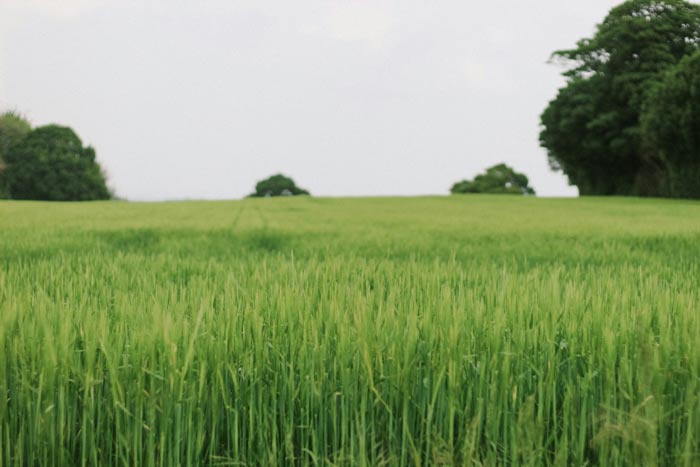Delivering a Community Anaerobic Digestion Facility in the Stocksbridge and Penistone Area
Rosie Sparks
Anaerobic Digestion, Community Energy Fund, Feasibility Study
Client: Stocksbridge and Penistone area

The Brief
This study conducted by Tomson Consulting Ltd aimed to assess the potential for establishing a community anaerobic digestion (AD) facility in the Stocksbridge and Penistone area. The goal was to produce renewable biogas from locally sourced feedstocks to generate heat, power, or transport fuel. The study, commissioned by the Upper Don Renewable Energy Group (UDREG), was funded by the Tees Valley Combined Authority's Rural Community Energy Fund.
Areas
Heat Networks
Key Stakeholders
UDREG - Tees Valley Combined Authority's Rural Community Energy Fund
Opportunites
The study identified multiple opportunities for the proposed AD facility:
- The primary feedstocks identified included grass silage from recreational grounds and parks, silage from farms, category 3 materials from a local abattoir, and effluent from a confectionary factory. These materials were projected to generate approximately 2,369,824 m³ of biogas annually, comprising 1,398,196 m³ of biomethane.
- The AD facility could yield a net economic benefit of approximately £569,953 per year if biomethane were sold as heating fuel, benefiting from the Green Gas Support Scheme (GGSS). Alternatively, selling compressed biomethane (CBM) for road fuel could generate £516,139 annually before taxes were accounted for.
- The facility is expected to reduce greenhouse gas emissions by 2,182 tonnes per year, equivalent to the emissions of about 987 homes. This supports local and national targets for reducing carbon dioxide emissions.
Challenges
Several challenges were identified for the successful implementation of the AD facility:
- Ensuring a consistent and sustainable supply of suitable feedstocks is critical. Potential risks include significant changes in feedstock availability, and competition from other local organic waste recycling infrastructures.
- The project requires approvals from the Environment Agency and the Animal and Plant Health Agency, which could pose risks related to compliance with waste management and animal by-products regulations.
- Dependence on government incentives, such as the GGSS,introduces financial risks if these schemes are discontinued or modified. Additionally, securing public finance for development remains uncertain.
- Delays in approvals and funding processes could compromise the project timetable, necessitating regular high-level stakeholder meetings to manage and mitigate these risks.
Related Case Studies
